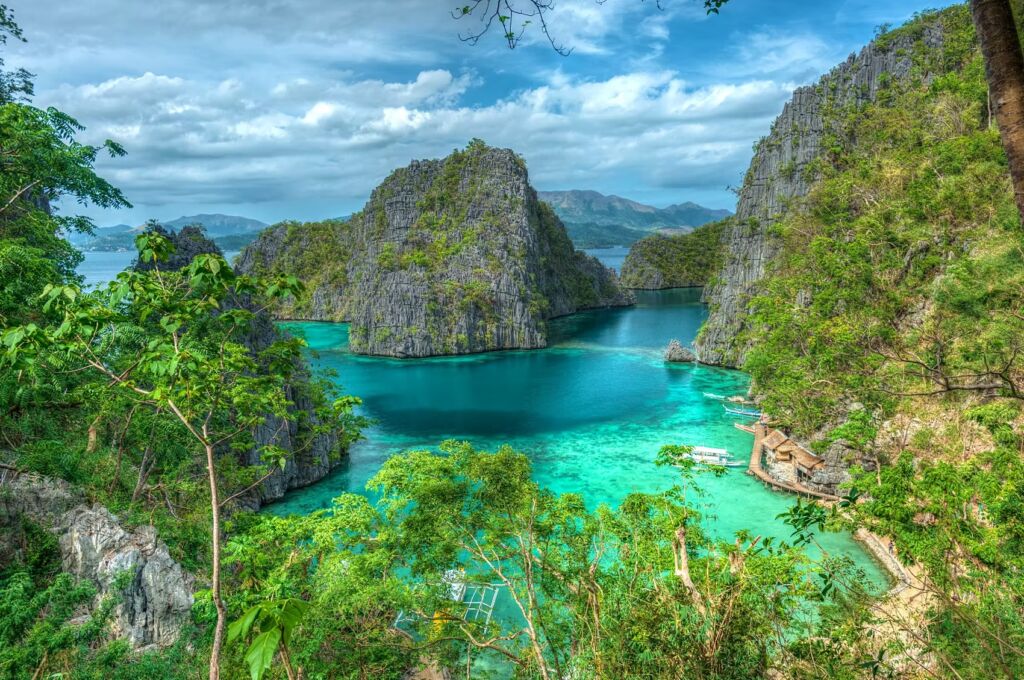Rising nickel demand for electric cars increases mining in a Philippines rainforest
NBC News reports that rising demand for the nickel used in the batteries of electric vehicles (EVs) is prompting the expansion of a nickel mine located in a rainforest in the Philippines.
The mine, which will expand from roughly four square miles in size to fourteen square miles, reminds us that using EVs comes with its own set of environmental impacts.
According to the report:
Electric cars are hailed as a climate-friendly alternative to the gas-guzzling vehicles that have long ruled America’s roads. Experts agree that they create a lower carbon footprint than traditional cars.
But the controversy over the planned mine expansion highlights an often overlooked reality: manufacturing electric cars, even when done responsibly, still takes a toll on the environment.
…
With the demand for nickel expected to grow to at least 10 times what it is now by 2030, experts say companies will have no choice but to expand their mining operations, impacting more people like Bartolome and more places like the island paradise of Palawan.
The mine is located on an island called Palawan, which is often referred to as the “last frontier of the Philippines.” The island is 270 miles long, and it is part of the Man and Biosphere Reserve program of UNESCO and serves as the home of 105 threatened species of flora and fauna.
It’s also breathtaking, as you can see in the photo below.

It would be an oversimplification to say that the only reason the mine is considering expanding is due to the demand for electric vehicles, considering 73 percent of the nickel consumed in 2020 was used to make stainless steel. Only 9 percent was used for the batteries used in all of our battery-powered devices, according to Statista.
However, a recent report from the International Energy Agency (IEA) finds much of the anticipated increase in metal demand in the future will be due to policies designed to force the world away from fossil fuels and toward electric vehicles:
The shift to a clean energy system is set to drive a huge increase in the requirements for [lithium, nickel, cobalt, manganese and graphite are crucial to battery performance, longevity and energy density] these minerals, meaning that the energy sector is emerging as a major force in mineral markets.
Until the mid-2010s, the energy sector represented a small part of total demand for most minerals. However, as energy transitions gather pace, clean energy technologies are becoming the fastest-growing segment of demand.
In a scenario that meets the Paris Agreement goals, clean energy technologies’ share of total demand rises significantly over the next two decades to over 40 percent for copper and rare earth elements, 60-70 percent for nickel and cobalt, and almost 90 percent for lithium. EVs and battery storage have already displaced consumer electronics to become the largest consumer of lithium and are set to take over from stainless steel as the largest end-user of nickel by 2040.
These are the kinds of places that will see more mining if we mandate a broad-scale transition to electric vehicles. Seeing that example is valuable. It also helps inform the conversation about developing Minnesota’s deposits of copper and nickel, which are among the largest undeveloped deposits in the world.
The prospect of developing these resources has faced stiff opposition from anti-mining groups, and the Star Tribune’s editorial board opposed the Twin Metals Minnesota mine in their piece “Not this mine, not this place.”
In this piece, the Strib editorial board said the mine was too close to the Boundary Waters Canoe Area (BWCA) wilderness and essentially argued that the BWCA is too special for mining activity to take place anywhere near it.
When the editorial board wrote this piece, they essentially said, “My environment means more than your environment. My ‘sacred’ place is better than your sacred place.” This mindset is the epitome of environmental privilege, and by placing our own resources off-limits, we are denying economic opportunities to hardworking Minnesotans so that urban liberals can pretend they’re saving the environment.